Sitamani Sightings – Christeen Grant
This April has seen cool days, more rain than last year and sprinkling of snow on the top of the Drakensberg. The colours are turning gold with a reddish tinge to the grasses.
The loveliest sighting was early one evening just before sunset, literally meters from the house. A Common Reedbuck female lifted her drowsy head as she woke from the tall grass she’d been sleeping in for the day. We watched her for about fifteen minutes as she got up, stretched and grazed before moving off. Although the flies were bothering her she seemed to be in good health.
Revealed in the Sand Olive tree in the garden was the beautifully constructed nest of an Olive Thrush. Held in place by slender branches it had withstood the storm winds of summer. I had noticed the parents feeding a young fledgling a couple of months ago, but not noticed the nest.
Quite a few flowers caught my eye, Alectra sessiliflora which is a parasitic plant on grasses,
Chrysanthemoides monilifera with berries, Helichrysum glomeratum, Hibiscus trionum or Bladder Hibiscus,
Leonotis leonurus one of my favourites at this time of year and always reminds me of my friend Jayne,
Otholobuim polystictum a legume shrub,
Plectranthus spicatus tall inflorescences abuzz with insects,
Polygala hottentotta, Sutera floribunda and then several fruits and remains of seedheads; Agapanths campanulatus, Berkheya setifera, Pachycarpus sp. and Schizoglossum bidens Subsp bidens.
As the colours become more subdued several ferns, Cheilanthes capensis, Mohria rigida, Pellaea calomelanos var calomelanos and what are known as a fern allies Club Moss Lycopodium clavatum caught my eye.
I saw a Mottled Veld Antlion out in the tall grass, fluttering in erratic fight.
Moths are still about and I loved a dainty, rather crumpled one with splashes of colour on whitish wings.
Gaudy Commodores and what I think are either Blues or Hairtail butterflies flit around.
The caterpillars of the Common or Cabbage Tree Emperor Bunaea alcinoe are munching the leaves of the Tree Fuchsias Halleria lucida.
Tiny Museum beetles Anthrenus verbasci no larger than 2mm and Common Dotted Fruit Chafer Cyrtothyrea marginalis were spotted in the flowers.
Two new Mushrooms appeared after wet weather, an Amanita sp. and a group growing closely together which might be Sulfur Tuft Hypholoma sp..
Snakes are on the move, getting ready for winter hibernation. I spotted this Olive House Snake Lycodonmorphus inorantus, which had a skink shaped bulge in the middle of it’s body, moving across the lawn to longer grass.
Then while wandering over the rocky hillside found a discarded snakeskin, possibly from a Rhinkhals.
David Clulow
“Our highlight was the Cape Parrot Count occasion………..not because of our tally of Parrots because we saw NONE – for the first time ever – a sad record of diminishing numbers. But our Pinetown visitors, Hennie Jordaan and his young son, Declan, who has a superb ear for bird calls, joined us for the occasion, and they saw what were for them several lifers. Including the Rufous-chested SparrowHawk, being possibly the most unexpected – that on the same weekend as a Black Sparrow-hawk. Both Hennie and Declan are quick on the draw when it comes to their cameras and they obtained some superb shots.
They staked out the former favourite Parrot yellowwoods, while Barbara Clulow, Crystelle Wilson and I climbed the challenging pathway to the vast spread of indigenous forests, below the southern iNhlosane, where the views are spectacular, despite the rising mist of early morning. Warming tea and rusks in these high hills is something we’ll miss if the Parrot count fades.
We also had a good sighting of a Spotted Eagle-Owl on the way home in the semi-dark the previous evening.
Birding in Boston was as always superb, and Crystelle’s sightings below for the month gives an idea. The Cranes remain a great pleasure, and the known nesting sites are great fun to observe. The parents must be pleased, as are we, that at least one chick has resulted from each nest, which is quite an achievement with the proximity of all the Mongoose, Jackals and other scavengers, which do not have the same wish to see the chicks fly as we do.
The ringed juvenile on ‘The Willows’, in the wetland alongside the Elands river, is flying and spends the day with its parents, feeding, but at night they all return to the nesting site near a pan, tuck it up for the night , then the parents fly to ‘Highland Glen’ nearby to roost for the night, above the chilling temperatures that have been experienced recently – down to minus 2 a few mornings. Each morning the parents fetch the youngster, calling as they do so, and set off again to ‘The Drift’ for breakfast. The floater flock, down to about twenty now, is overnighting on ‘Harmony’ farm, is seen often as they seek out new areas to feed.
The Melrose dam is as rewarding as ever, lots of waterbirds, and other groups on the banks. The Spurwinged Geese are particularly numerous, but Yellow-billed Ducks, Common Moorhen, Red-billed Teal, Little Grebe, Egyptian Geese, Red-knobbed Coot, African Shelduck, both Darters, Cormorant are common; and Blacksmith Plover, Pied Kingfisher, Bokmakierie, Sacred Ibis and oodles of others, plus Vervet Monkeys in numbers that are far too numerous to allow for a balanced breeding programme for birds. Also the usual Buzzards and Long-Crested Eagle, the latter with a youngster on ‘Gramarye’ which they are trying to teach to feed itself – it never stops plaintively pleading for food. The Wattled Cranes, resident on ‘Boston View’ farm , which breed at the Glandrishok pan, are regularly reported by Rob Geldart and the Jordaans saw them flying over with this last season’s juvenile still in tow.
A wonderful visit to the Norwood forest followed to show Hennie and Declan our other forest birds and it was most rewarding – Woodpeckers, Sunbirds, Canaries, Apalis, Batis, Bulbuls, Greenbuls, Orioles, Robin-Chats – endless opportunities to test your hearing skills.”
An adjusted version, altering the Spotted Eagle-Owl to a Spotted one ———- too many Speckled pigeons in the Ambers.
Gramarye – Crystelle Wilson
The annual Cape Parrot count took place on the weekend of 18-19 April. We were stationed on Nhlosane Ridge and enjoyed looking at the forest and views over the valley.
Sadly no parrots were seen in the Boston area and all the outing did was to confirm that autumn has arrived with its colder temperatures. As did the Leonotus leonorus blazing in full colour across the hillsides.
Autumn means that migrants have left and while looking through my pictures for the month I was struck by the colour scheme of the birds: very autumnal as well with browns, oranges and black and white dominating. None better to illustrate this than the African Stonechat.
The lists of birds are also becoming shorter. These were the birds seen in the Boston area: Cape White-eye,
Amur Falcon, Bokmakierie, White-breasted Cormorant, Reed Cormorant, Banded Martin, Cape Longclaw, Barn Owl, African Darter, African Firefinch, Sombre Greenbul, Red-winged Starling, Pied Starling, Dark-capped Yellow Warbler, White-throated Swallow, Malachite Sunbird, Jackal Buzzard, Little Grebe, Three-banded Plover, Speckled Pigeon, Pied Crow, African Quailfinch, Cape Canary, Spotted Eagle-Owl, African Sacred Ibis,
Cape Glossy Starling, Barn Swallow, Red-knobbed Coot, Common Moorhen, Yellow-billed Duck, Common Waxbill, Village Weaver, Cape Weaver, Red-collared Widowbird, Fan-tailed Widowbird, Levaillant’s Cisticola,
Little Rush-Warbler, Red-billed Quelea, Drakensberg Prinia, Cape Grassbird, Red-necked Spurfowl, Southern Red Bishop, Yellow-fronted Canary, Red-throated Wryneck, Black-headed Oriole, African Hoopoe,
Green Wood-Hoopoe, Southern Boubou,
Southern Grey-headed Sparrow, House Sparrow, Cape Sparrow, Speckled Mousebird, Dark-capped Bulbul, Greater Striped Swallow,
Spur-winged Goose, African Dusky Flycatcher, Amethyst Sunbird, Fork-tailed Drongo, Cape Robin-Chat, South African Shelduck,
Black-winged Lapwing (their distinctive calls reveal the presence of the flock while flying high overhead)
Egyptian Goose, Black-headed Heron, Cape Crow, Cape Wagtail, Pin-tailed Whydah, Hadeda Ibis, Cape Turtle-Dove, Red-eyed Dove, Olive Thrush, Grey Crowned Crane, African Paradise-Flycatcher.
African Black Duck is notoriously shy and it was great to at least get a lens on a pair swimming near the bridge across the Elands River
I was very pleased to find another Grey Crowned Crane chick at the dam on The Drift, seen in the early morning mist with its parents.
But the sad news is that by early May there was no further sightings of this chick and we assume it must have been predated. But the one at The Willows and Gramarye ringed earlier this year is doing well and beginning to fly strongly with the parents.
It was also good to see a number of young Helmeted Guineafowls amongst adult birds.
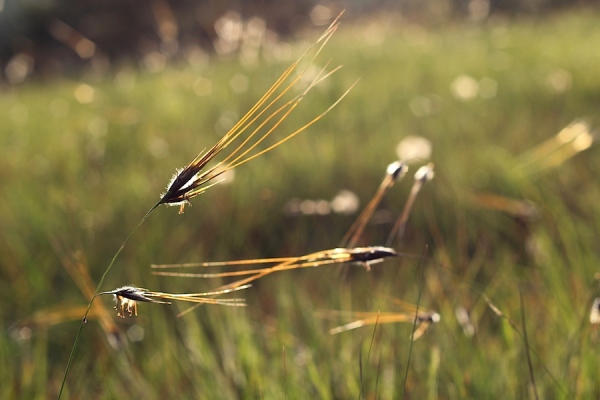
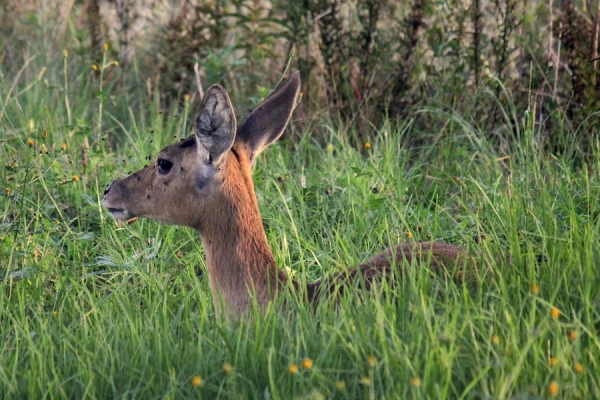
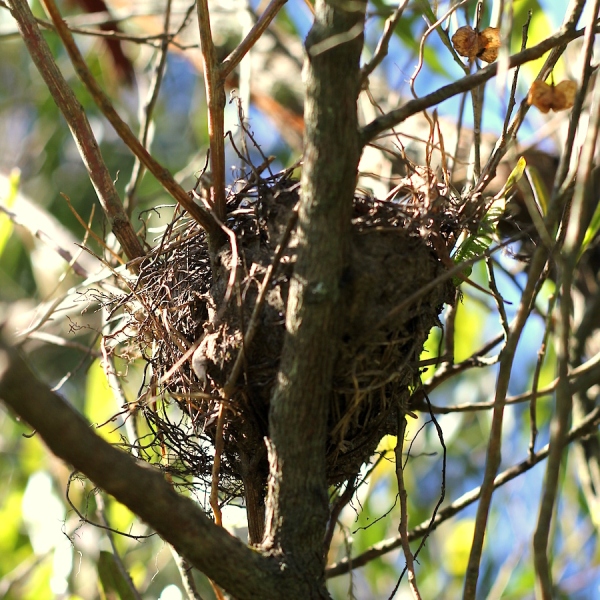
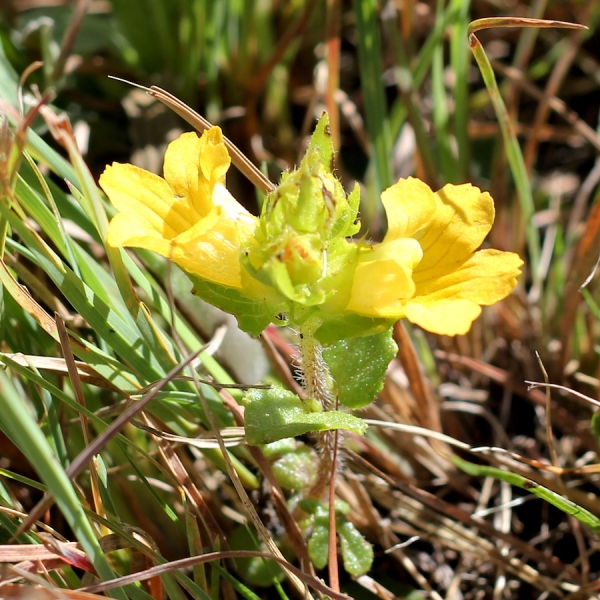
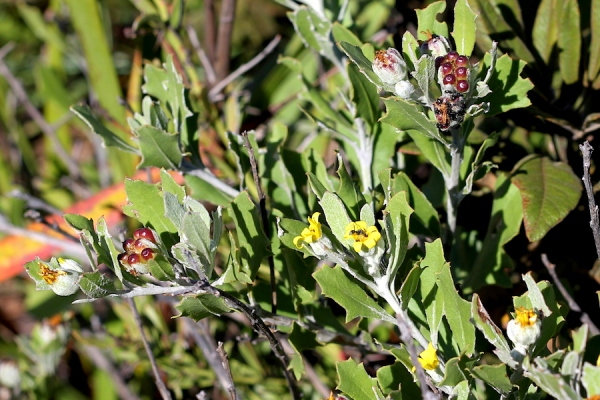
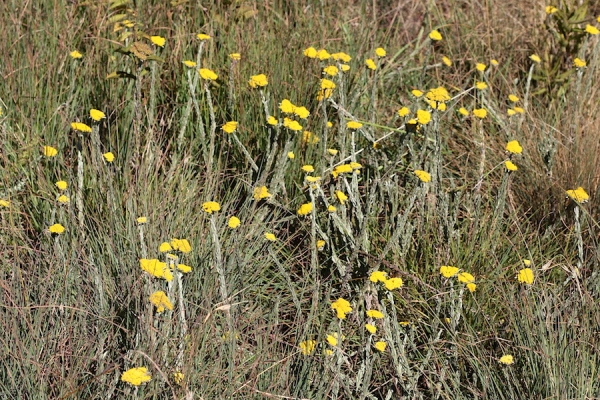
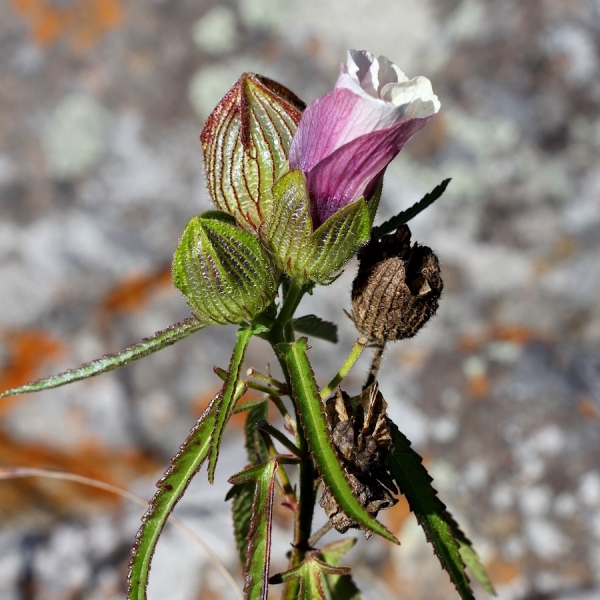
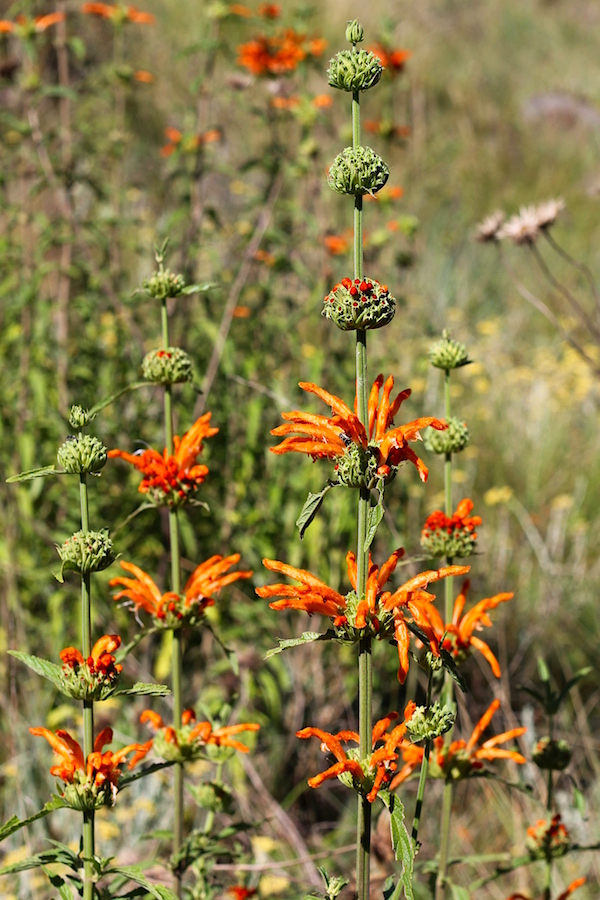
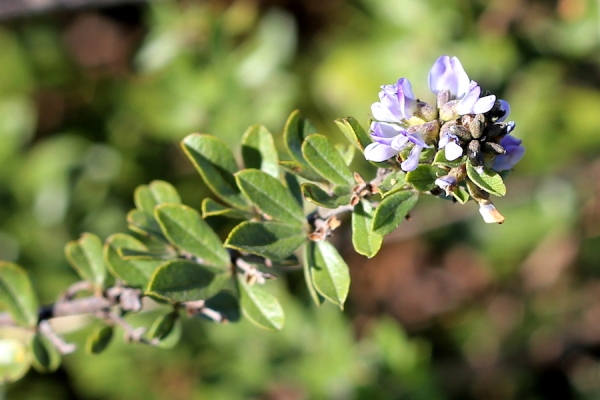
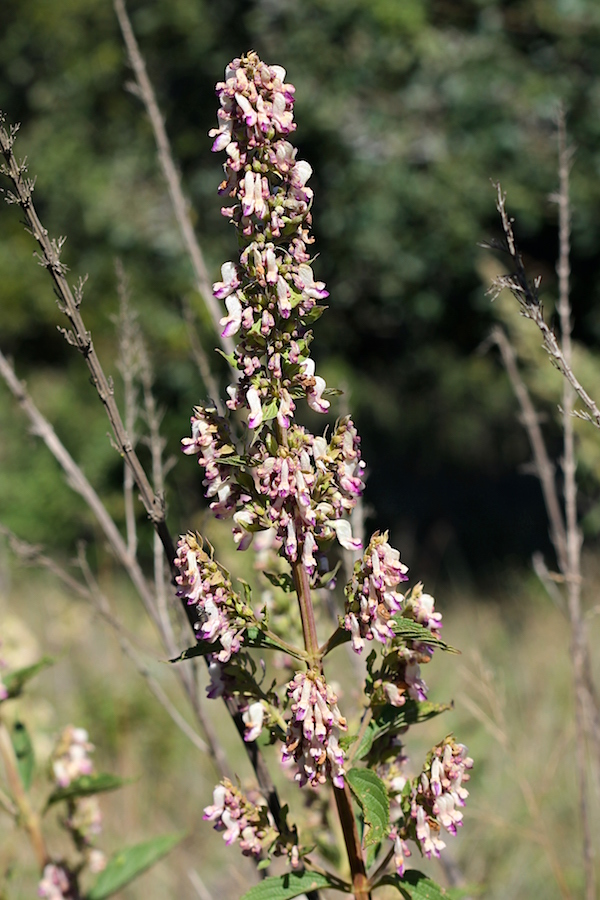
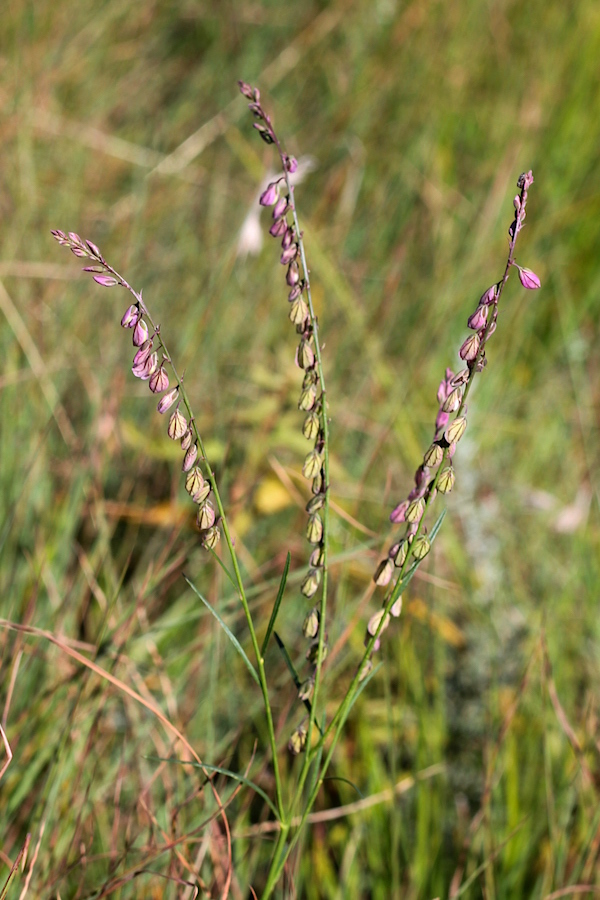
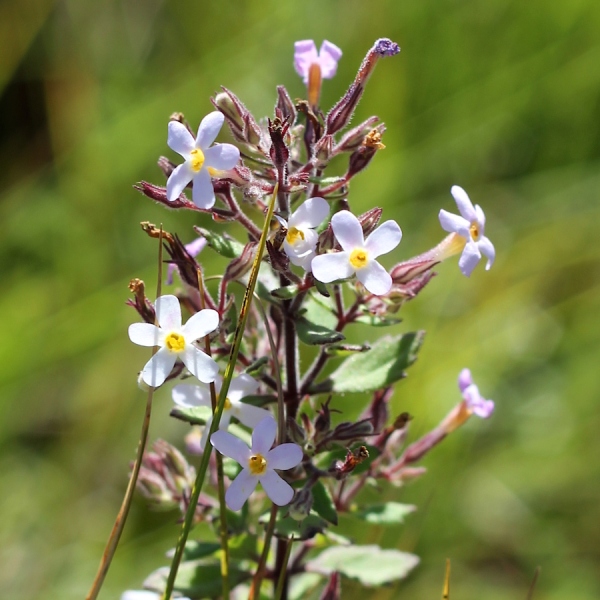
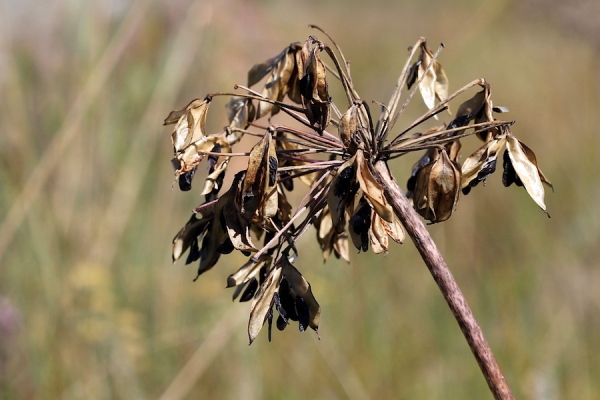
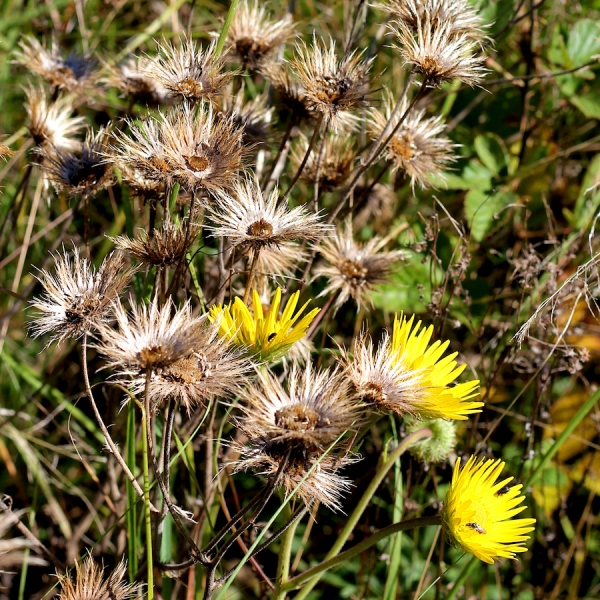
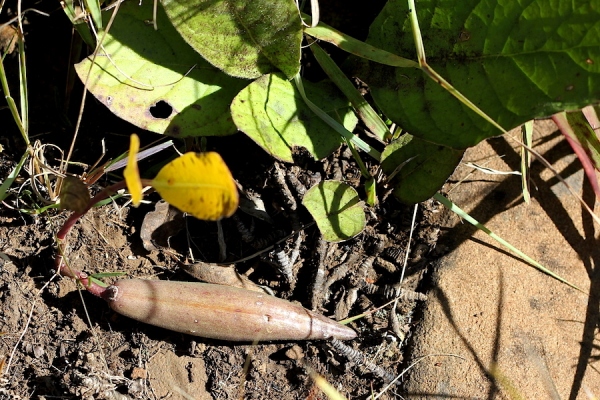
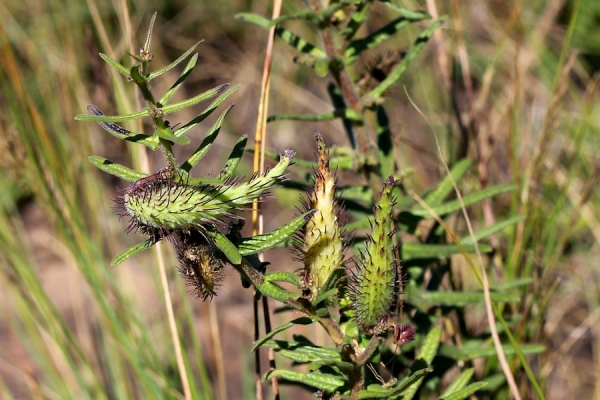
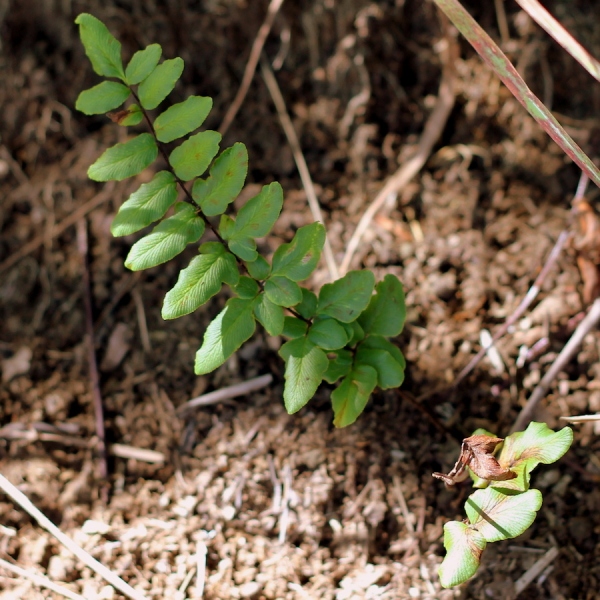
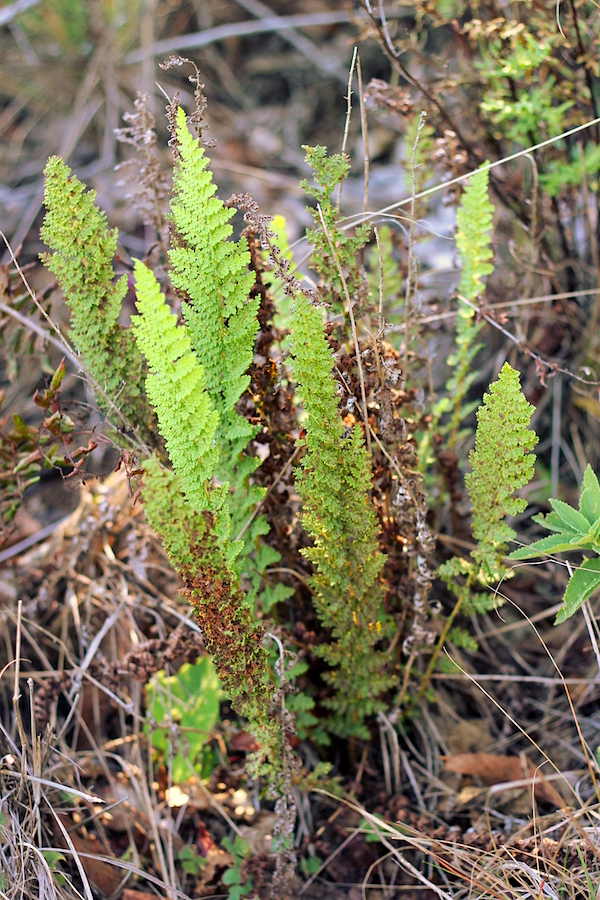
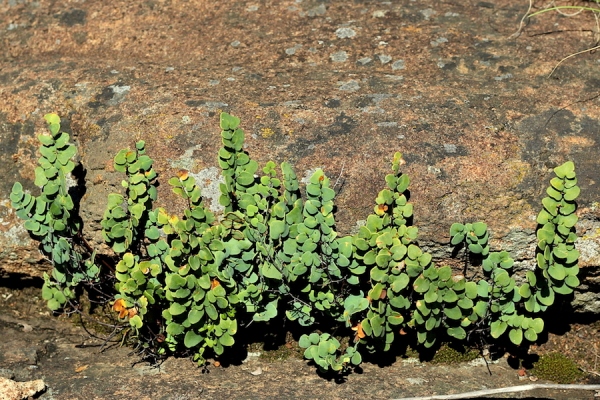
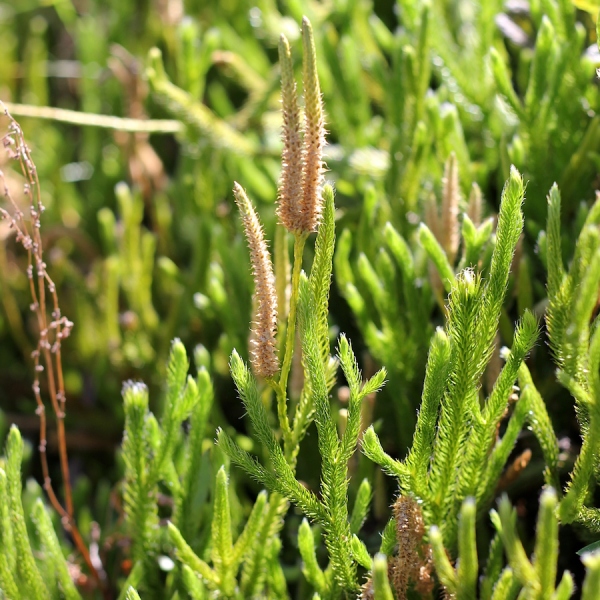
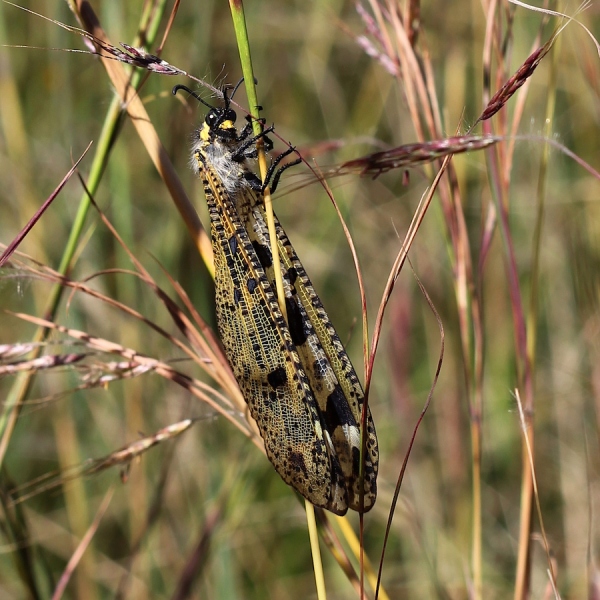

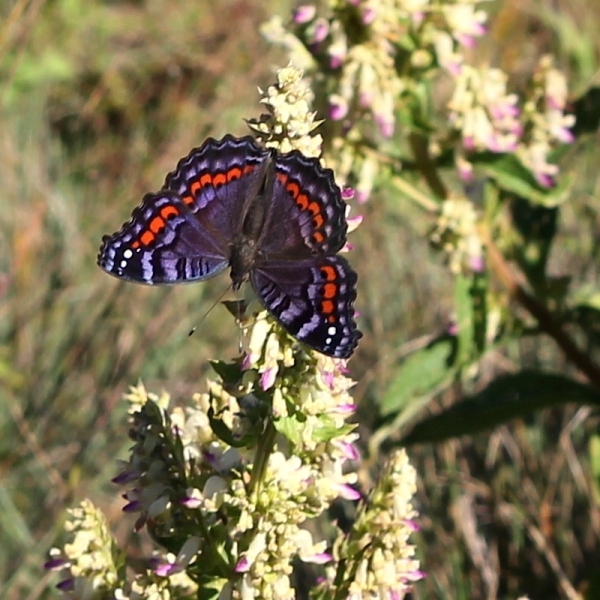
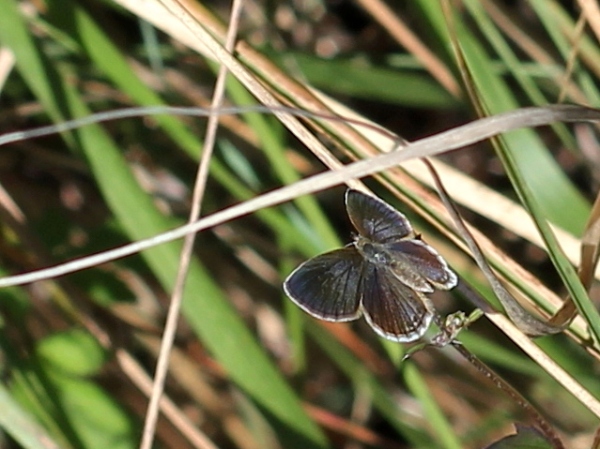
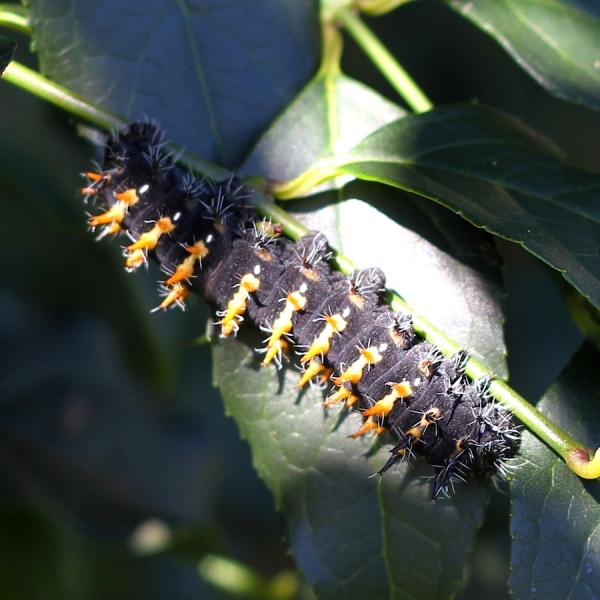
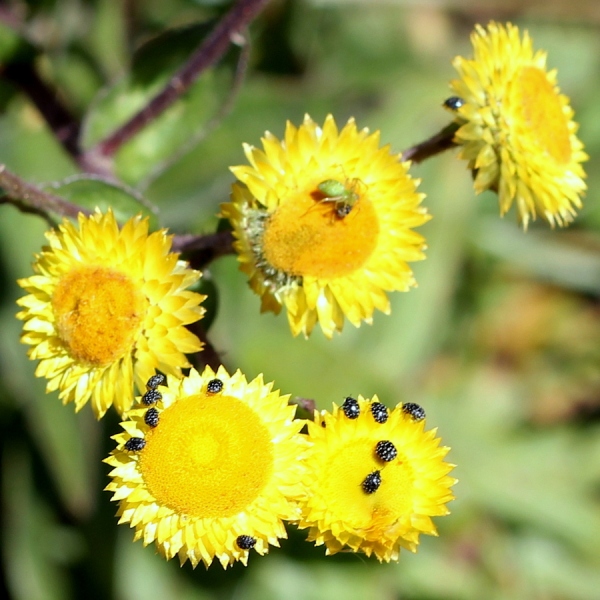
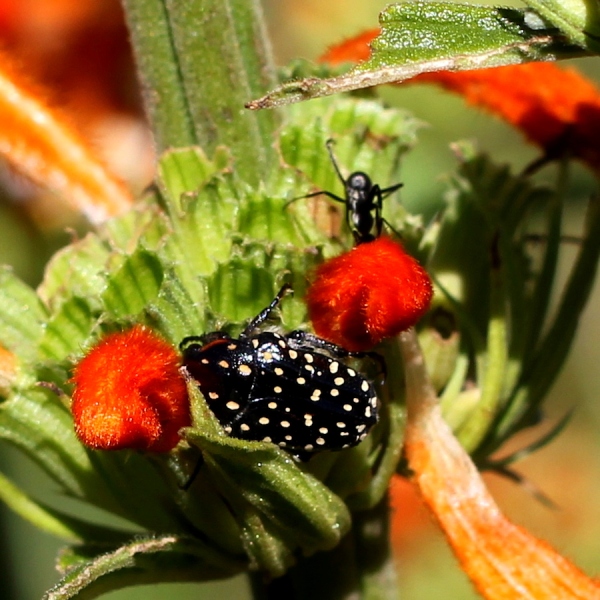
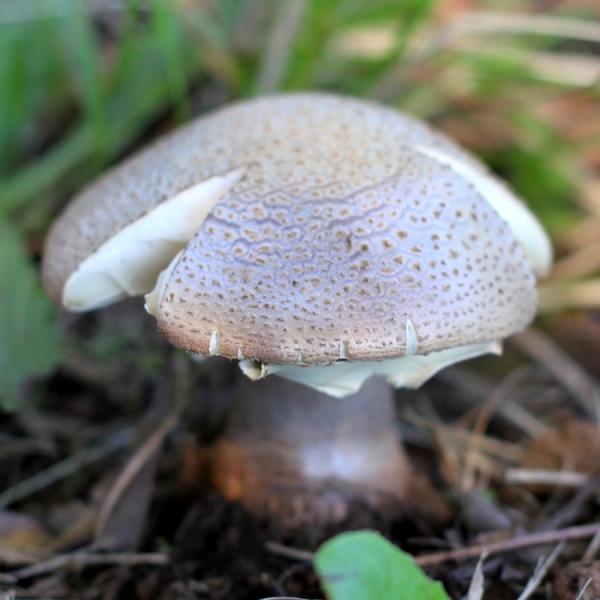
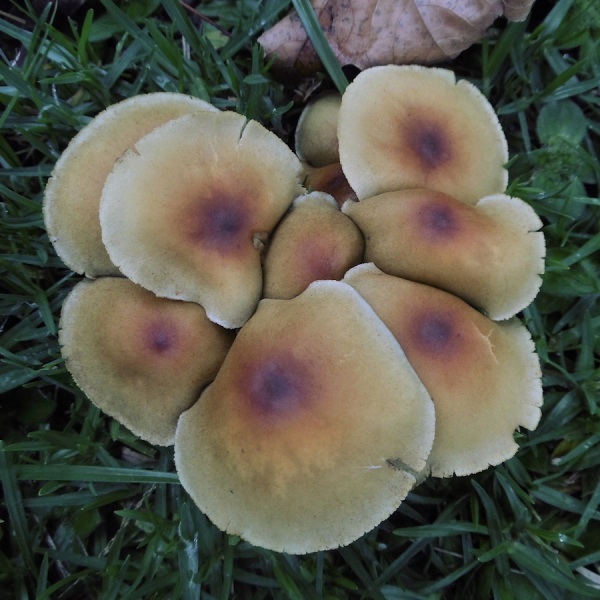
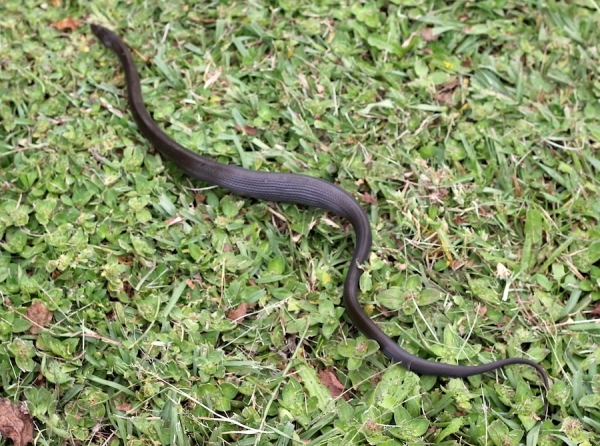
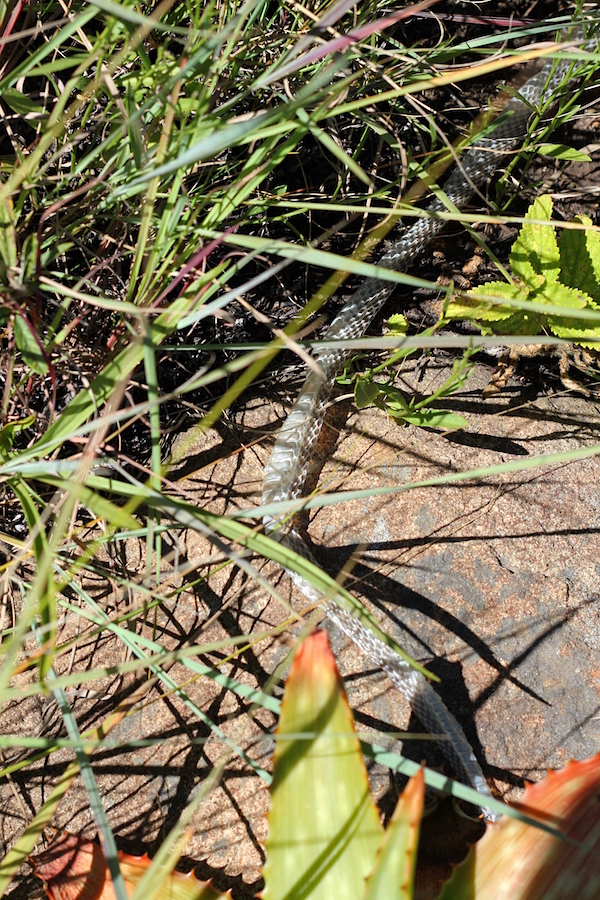
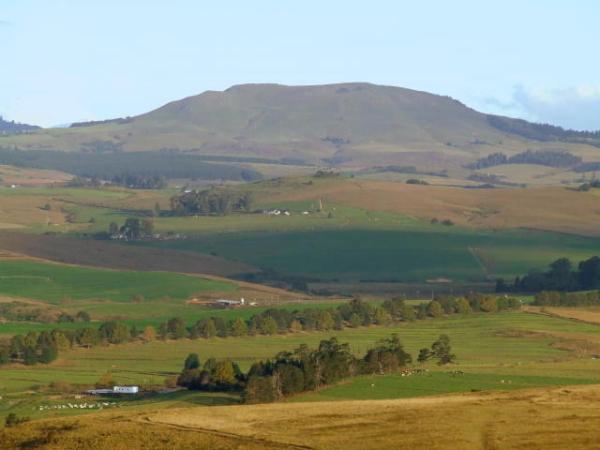
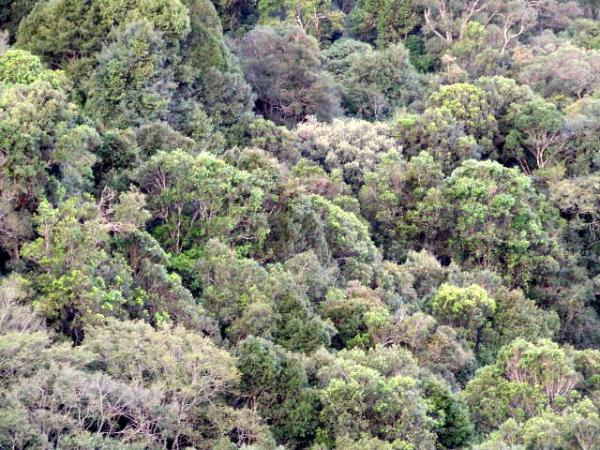
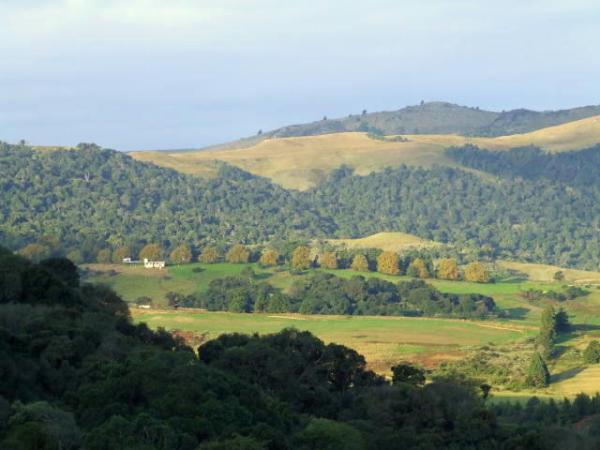
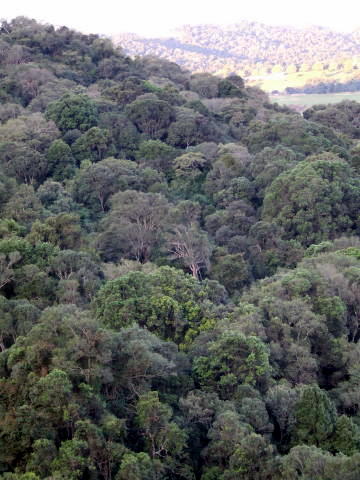
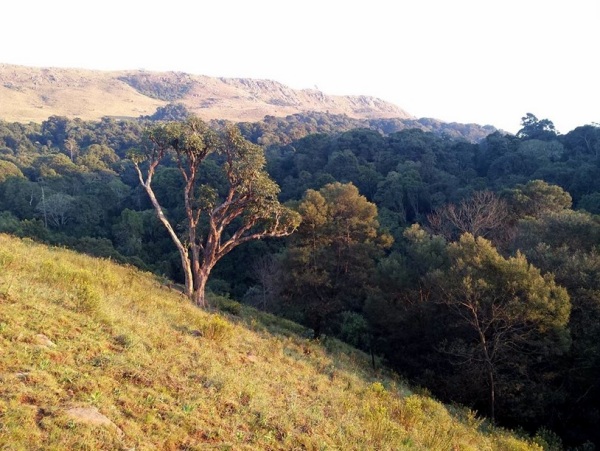
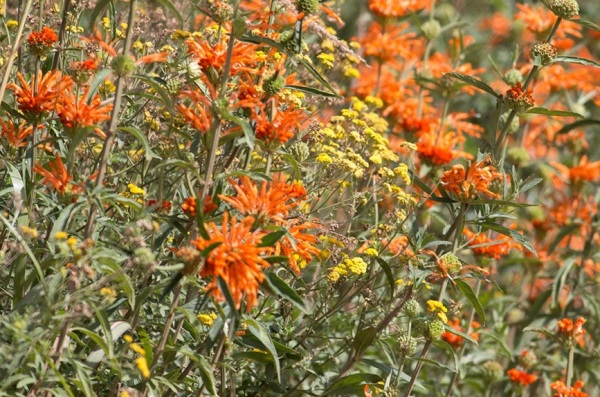
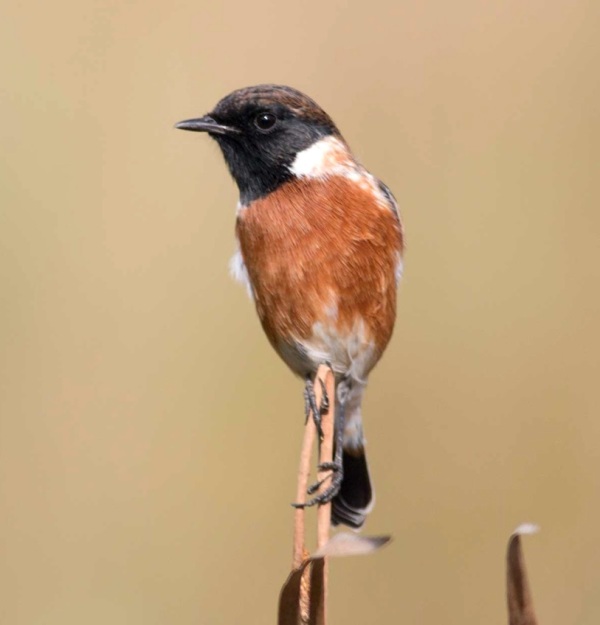
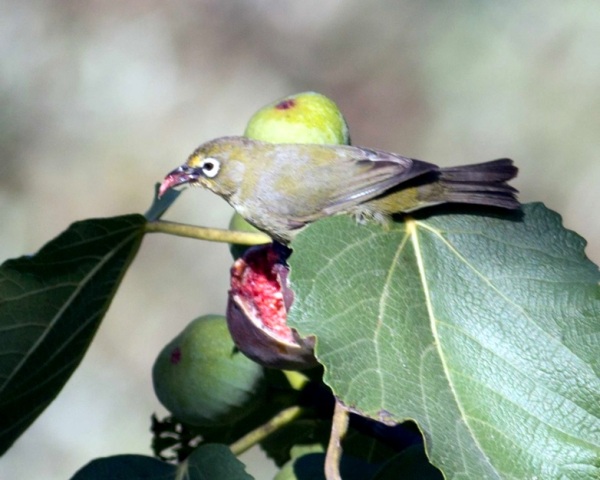
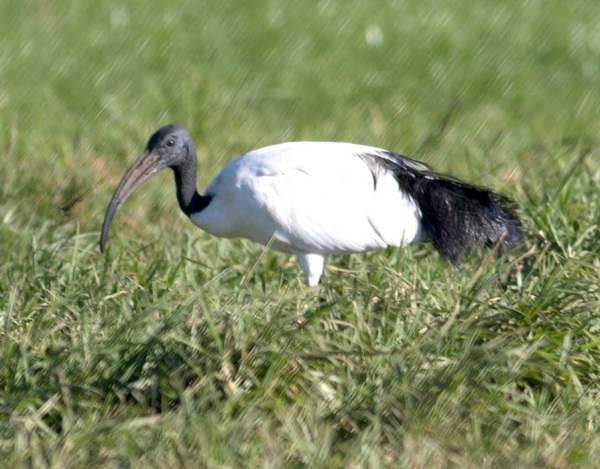
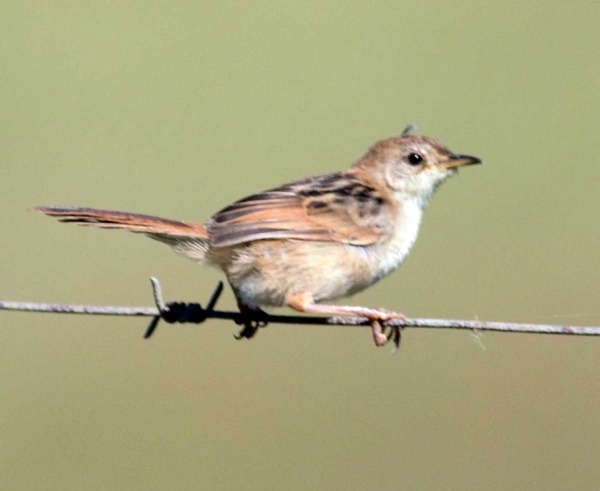
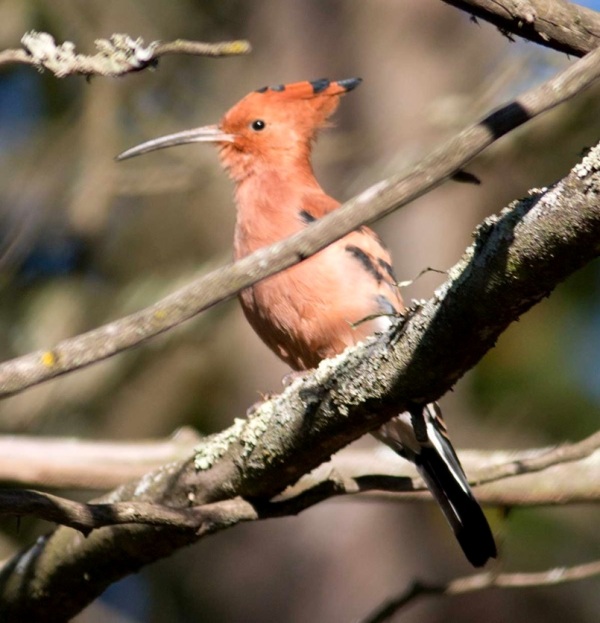

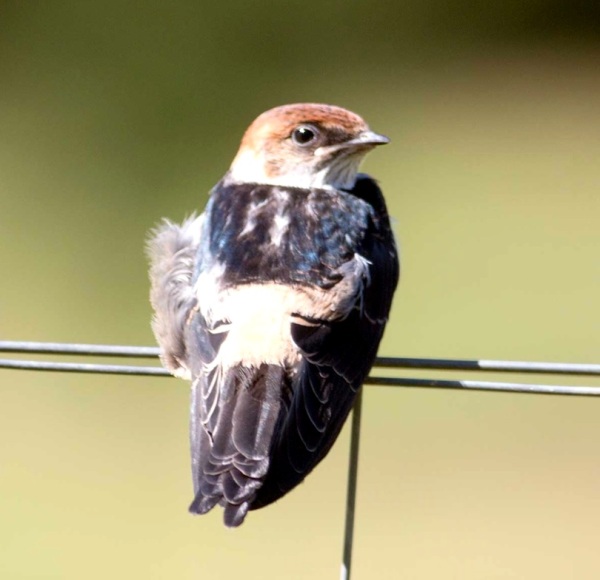
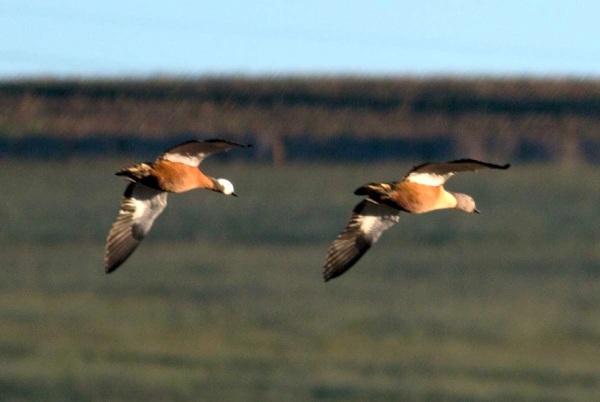
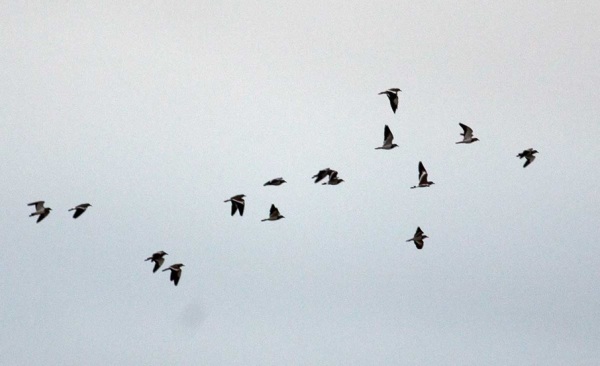
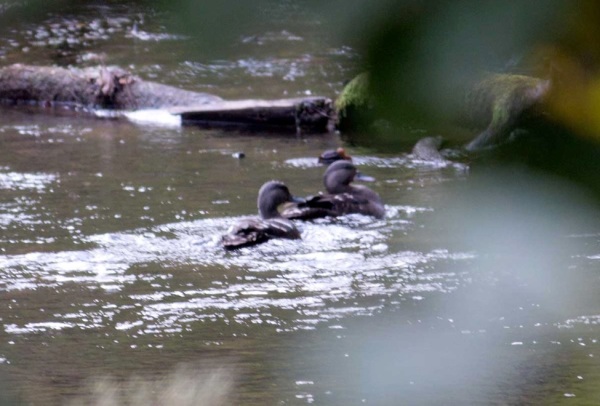
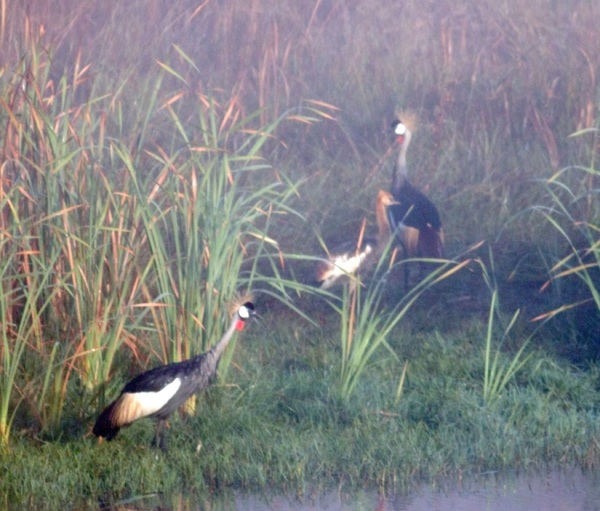
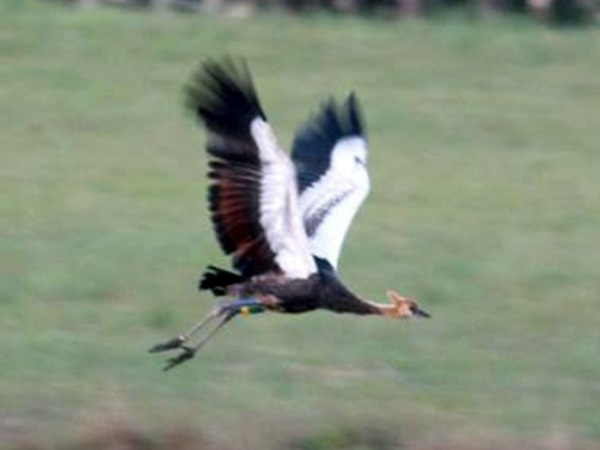
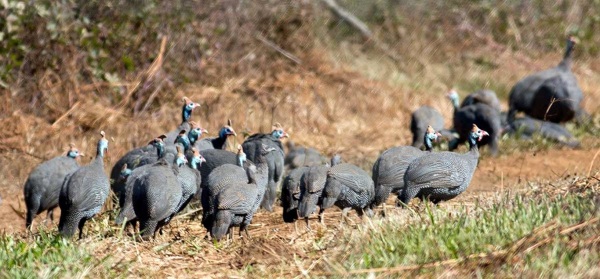
Many thanks for sharing these lovely photos and wildlife incidents. It must give a lot of pleasure to record them, but the pleasure of being able to see them too is also delightful
LikeLike